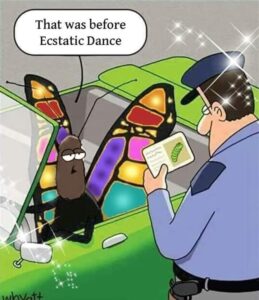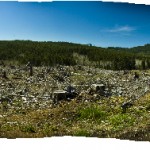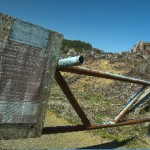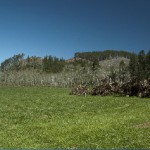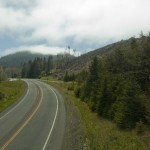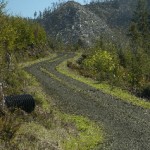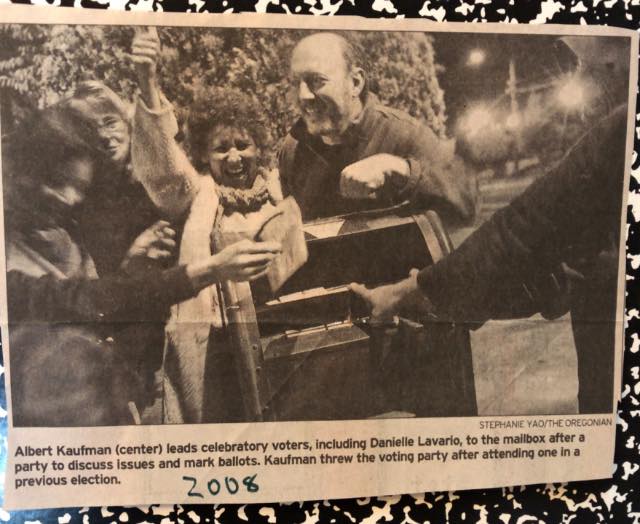Oregon Country Fair 2010
Well, that was fun! I just got back last night from this year’s experiment in family, art, music, craft, thought, science, and transitioning to a different way of thinking and being – The Oregon Country Fair. This year I worked in the Wileyware booth, helping Marcia Wiley show off her beautiful glasses, taking pictures, fetching lemonade and carousing with our booth mates – Michele, Lori, Dave, Nicky, Olivia, Teresa and their friends. Lots of people stopped by to say hi, give a hug and share smiles and stories. At night the Faire becomes a special place with little parties in booths, lots of great food, The Ritz (my favorite place at the Fair) and time to wander the pathways through the forest to the background of a variety of music and special lighting. The Fair has become a very special place for me. One where I get to reconnect with those that I’ve known the longest out here – Todd Pawolski from Klamath Falls, Amira from Brownsville, Michael Townsend from Eugene and people who I see only at Pacific Northwest Festivals like the Summer Solstice Healing Retreat at Breitenbush, Beloved, Burning Man and Northwest Folklife. The weather cooperated this year – hot days, and warm evenings. Even Monday’s barter fair which is a special tradition was blessed with overcast weather for much of the time, making walking amongst the various vendors easy on the skin as there’s no shade and it can get hot out in that field. My feet hurt! So much walking, and talking, and playing the guitar and flirting and fun! Yeah! Here are a few pictures from in front of our booth to whet your whistle. Thanks to the Oregon Country Fair staff and volunteers for making this year’s Fair fantastic! A tired, sunburnt, and happy Albert

